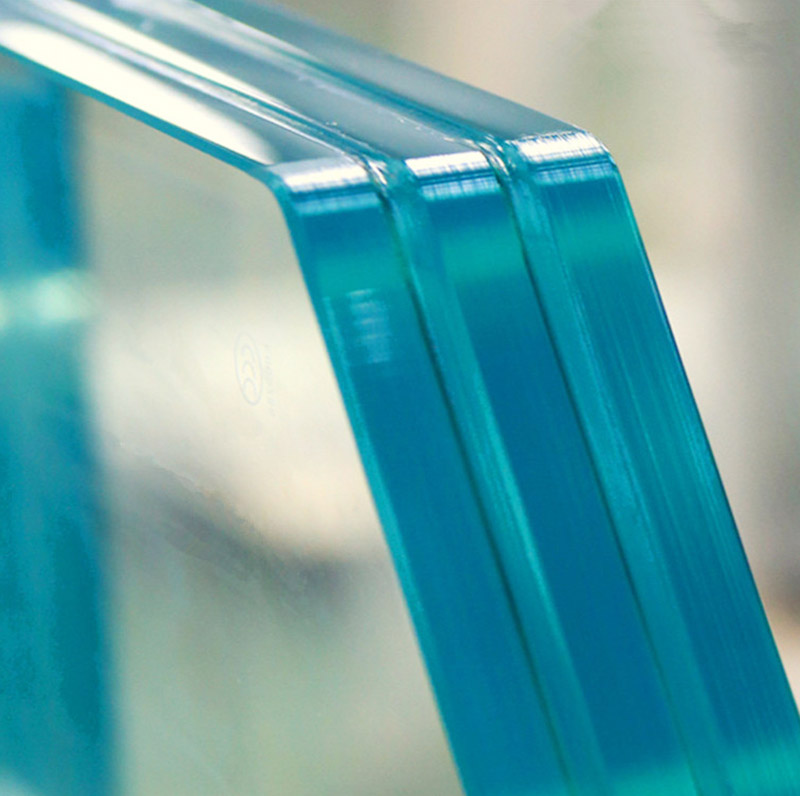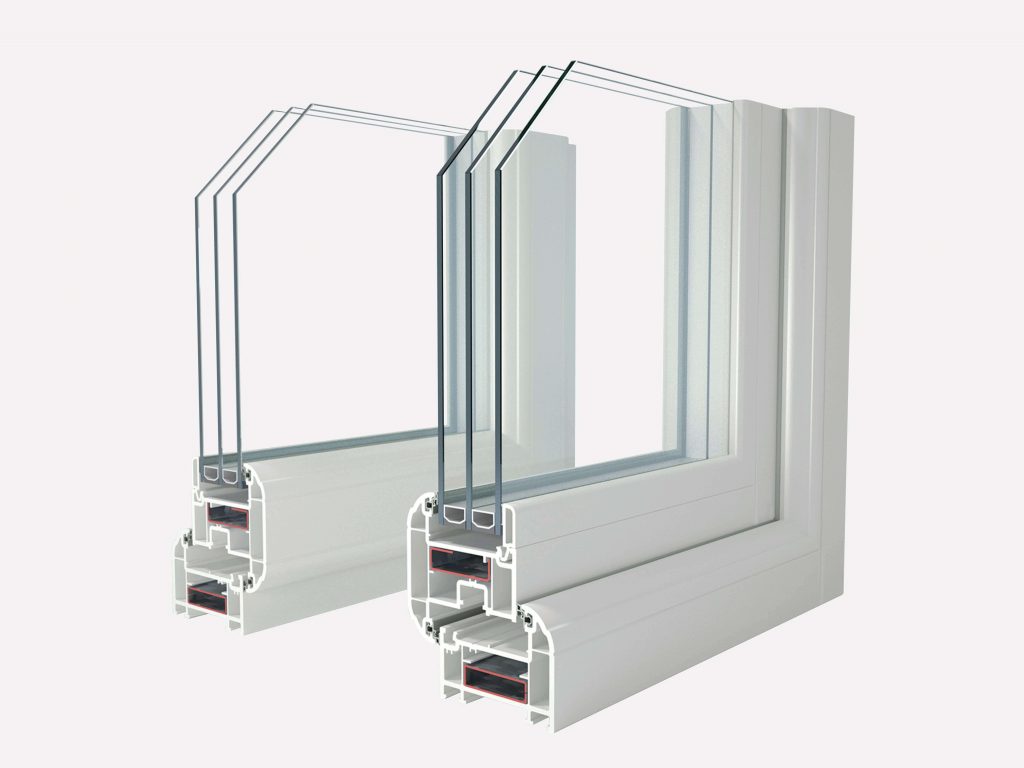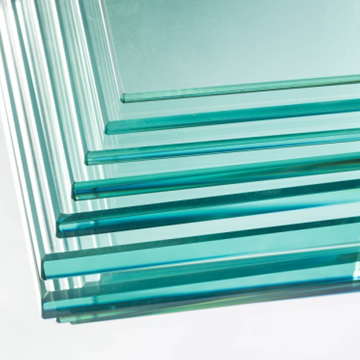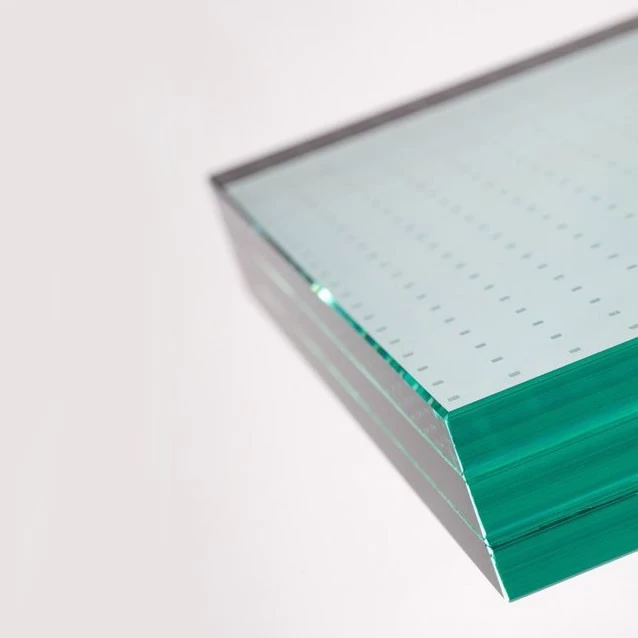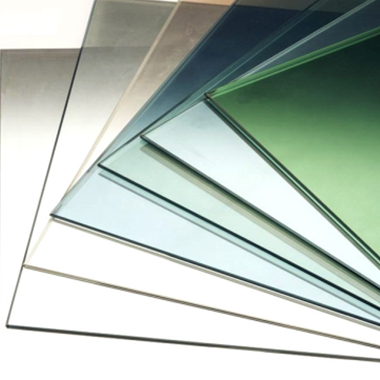What Is Low-E Glass?
Low-E stands for "low emissivity". Low-E windows contain glass that has been coated in invisible layers of metallic oxide. This coating allows natural light to enter the home while deflecting UV rays and infrared light back out into the environment.

Why is this important?
UV rays are invisible rays of light emitted by the sun. UV rays are responsible for fading upholstery, burning skin and, over the course of many years, damaging building materials. Infrared light is heat that warms your home during the winter. By deflecting both types of light back out into the environment, low-E coatings help keep your home warm in winter and cool in summer.
How Does It Work?
In a way, low-E coatings sound almost too good to be true. How can glass enable light to enter or exit the home, while preventing heat loss in the winter and heat entry in the summer?
Low-E coatings are not visible to the naked eye. However, they are still reflective, just like the silver coating on the inside of a thermos. This reduces the emissivity of the glass and prevents certain types of light from entering or exiting the home. Low-E coatings are selectively reflective, and only allow light of a certain wavelength and frequency to pass through glass.
Does Low-E glass have a tint?
In contrast, a Low-E coating is a thin metallic coat that is applied to the glass and will not have color variations based on the thickness of the glass. However, it may have a minor, often unnoticeable, reflective and slightly green tint.
What Are the Benefits Of Low-e glass?
Low-E coatings are beneficial to homeowners in a variety of ways:
1.Dramatic reduction in heat loss. Stop heat transfer and reduce heat loss in the home by as much as 50%.
2.Cost Savings. Homeowners will see reduction in energy bills by using low-E glass.
3.Invisible. Low-E glass is not visible to people.
4.Durable. Low-E coatings cannot be wiped away, scratched off or damaged because the coating is applied to the inside of the glass.
5.Protection of furniture, flooring material and upholstery. UV rays are prevented from penetrating and damaging furniture.
For many homeowners, these benefits can result in significant cost savings over time. In some cases, installation of new energy efficient windows may even improve property values. Home buyers like to purchase homes that have energy-efficient, money-saving features like low-E windows.
Does low-e glass look different?
Low-E glass is a term that seems synonymous with energy-efficient replacement windows. It stands for “low emissivity” and simply means that it reduces the amount of heat transfer that occurs with windows. In the summertime, this means that less of that miserable New Orleans heat will enter your home through your windows. Instead, the heat is reflected back to its source – the sun. In the winter, this means that the heat that your furnace produces will be retained in your home to keep out drafts and ensure you remain warm and toasty inside.
Low-E is a window coating that is completely transparent. It’s not the same as tinted glass, which blocks out light but doesn’t reduce heat transfer. So, if you opt to add a low-E coating to your replacement windows, you won’t sacrifice visibility for energy efficiency. You’ll enjoy the same great views as with a normal window, but keep out the harmful UV rays that can fade your carpeting and furniture and heat up your home.
What is the difference between Low-E glass and regular glass?
Low E glass is essentially standard clear glass with a microscopic, transparent coating on its surface that is better at reflecting heat than the glass itself, creating a composition that has a lower emissivity than standard glass.
What is a Low-E Window?
Low-E, or low-emissivity, glass was created to minimize the amount of infrared and ultraviolet light that comes through your glass, without minimizing the amount of light that enters your home. Low-E glass windows have a microscopically thin coating that is transparent and reflects heat. The coating is even thinner than human hair! The Low-E coatings keep the temperature in your home consistent by reflecting the interior temperatures back inside.
What Makes it Energy Efficient?
According to the Vitro Glass Education Center, there are several factors used to measure the effectiveness of glass with Low-E coatings:
1.Solar Heat Gain Coefficient (SHGC): This is the fraction of incident solar radiation that is admitted through the window. This can be either directly transmitted and absorbed or radiated inward.
2.U-Value: This is the rating that is given to a window based on how much heat loss it allows.
Visible Light Transmittance (VLT): The measure of how much visible light passes through the glass.
3.Light to Solar Gain: The ratio between the window’s visible light transmittance and its Solar Gain Coefficient rating.

Are Low E Glass Windows Worth It?
While they can be a slightly bigger investment than regular glass windows, depending on where you live, Low E glass can be well worth the cost. They give you the look of beautiful, nice, new windows, with the added benefit of reducing energy costs.
Low-e Coating Types & Manufacturing Processes?
There are actually two different types of low-e coatings: passive low-e coatings and solar control low-e coatings. Passive low-e coatings are designed to maximize solar heat gain into a home or building to create the effect of “passive” heating and reducing reliance on artificial heating. Solar control low-e coatings are designed to limit the amount of solar heat that passes into a home or building for the purpose of keeping buildings cooler and reducing energy consumption related to air conditioning.
Both types of low-e glass, passive and solar control, are produced by two primary production methods – pyrolytic, or “hard coat”, and Magnetron Sputter Vacuum Deposition (MSVD), or “soft coat”. In the pyrolytic process, which became common in the early 1970’s, the coating is applied to the glass ribbon while it is being produced on the float line. The coating then “fuses” to the hot glass surface, creating a strong bond that is very durable for glass processing during fabrication. Finally, the glass is cut into stock sheets of various sizes for shipment to fabricators. In the MSVD process, introduced in the 1980’s and continually refined in recent decades, the coating is applied off-line to pre-cut glass in a vacuum chambers at room temperature.
Because of the historic evolution of these coating technologies, passive low-e coatings are sometimes associated with the pyrolytic process and solar control low-e coatings with MSVD, however, this is no longer entirely accurate. In addition, performance varies widely from product to product and manufacturer to manufacturer (see table below), but performance data tables are readily available and several online tools can be used to compare all low-e coatings on the market.
Wallkingdon Glass offers not only one of the broadest selections of architectural, decorative, and specialty glass, but we also offer services that allow our clients to do more with glass. If you want to get high quality glass and the cost effective solutions while keeping quality to highest level, send an email to enquiry@wallkingdonglass.com, we will have the valuable input and creativity of glass design experts to help you.


